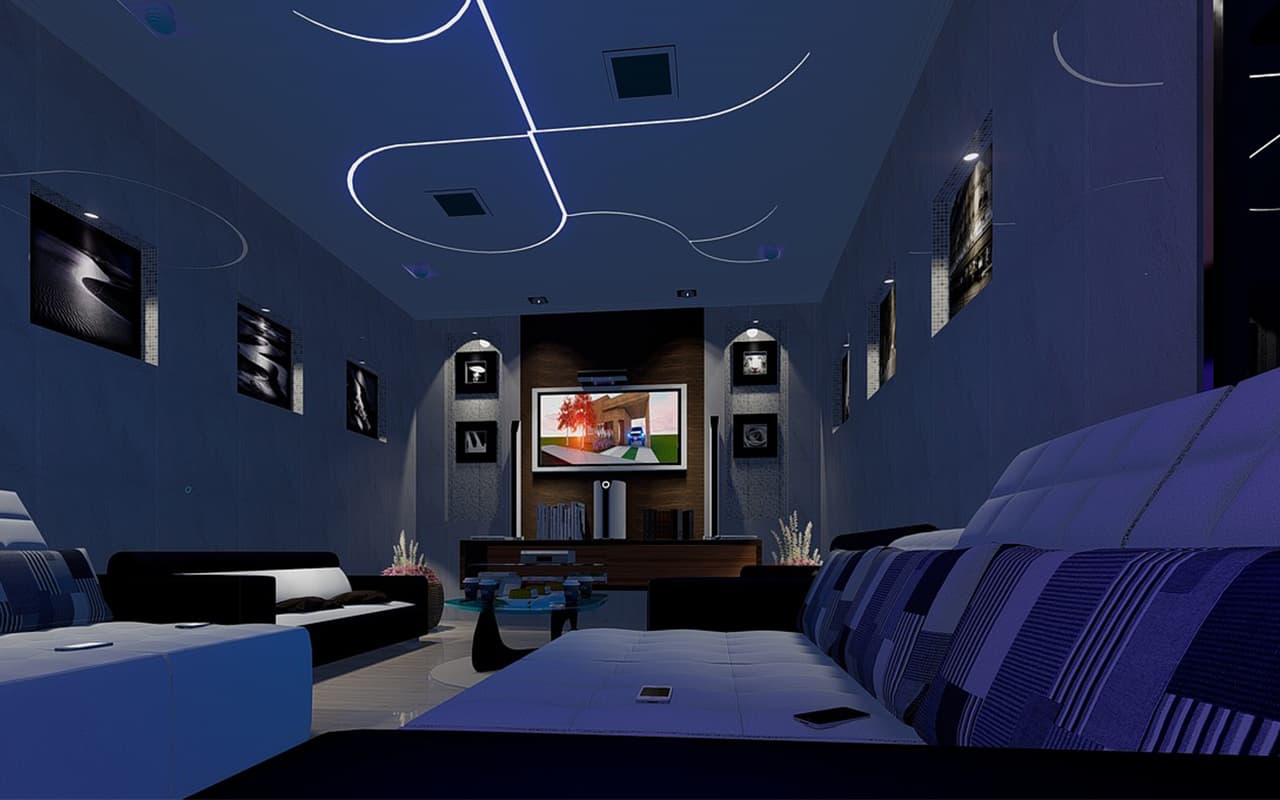

Architectural 3D images are an essential element of every professional architect’s presentation. Instead of wasting their time and effort on providing boring explanations that don’t make much sense to clients, they can rely on immersive, photorealistic 3D architectural 3D images that resonate with clients’ emotions to convey important project details.
Clients and anyone not versed in architecture can better understand the scenes they see before their eyes. 3D visualization has tremendous power to convey details. However, 3D images need to be high quality, realistic, detailed, and of high quality to speak volumes to your clients and exceed their expectations.
If you’re looking for professional architectural 3D images, you need to know the difference between professional images and boring, uninformative images that won’t do much for your clients.
Small details create realism
Realism or photorealism is one of the vital features of working with professional 3D images – without it, there are no architectural 3D images. Realism is vital to impress your customers – its absence can cause confusion and put off potential buyers. Small details make realism what it is.
If you see a seemingly realistic image, but there seems to be something wrong with it, there are a few things that could be questionable:
- Too much shadow obscuring the image – if the shadows are not properly positioned, too dark or sharp, too short or too long, they can distort the image and make it look unrealistic. Professional architectural 3D visualizations contain real shadows. They mostly resemble professional photography.
- Reflections – professional 3D artists pay attention to every detail. In professional 3D images, all reflections and glare on objects are perfectly matched to the depicted environment.
- Ergonomics. The biggest difference between realistic and unrealistic 3D images is that professional architects take into account every aspect of ergonomics. Therefore, professional architectural 3D images depict a building as realistic, functional, and comfortable.
- Sequence.
- Storytelling is the trick to creating perfectly realistic 3D images. Each image should tell a story, where every object and detail plays a role. All elements of a 3D image must be perfectly balanced and connected to create a harmonious concept.
To achieve this perfection, you need consistency. Let’s say you need to create an architectural 3D image of a building. Start with consistency in terms of weather conditions, time of day, and season. If the surrounding vegetation has just begun to flourish, you can use it to paint an instantly recognizable image with both artificial and natural light.